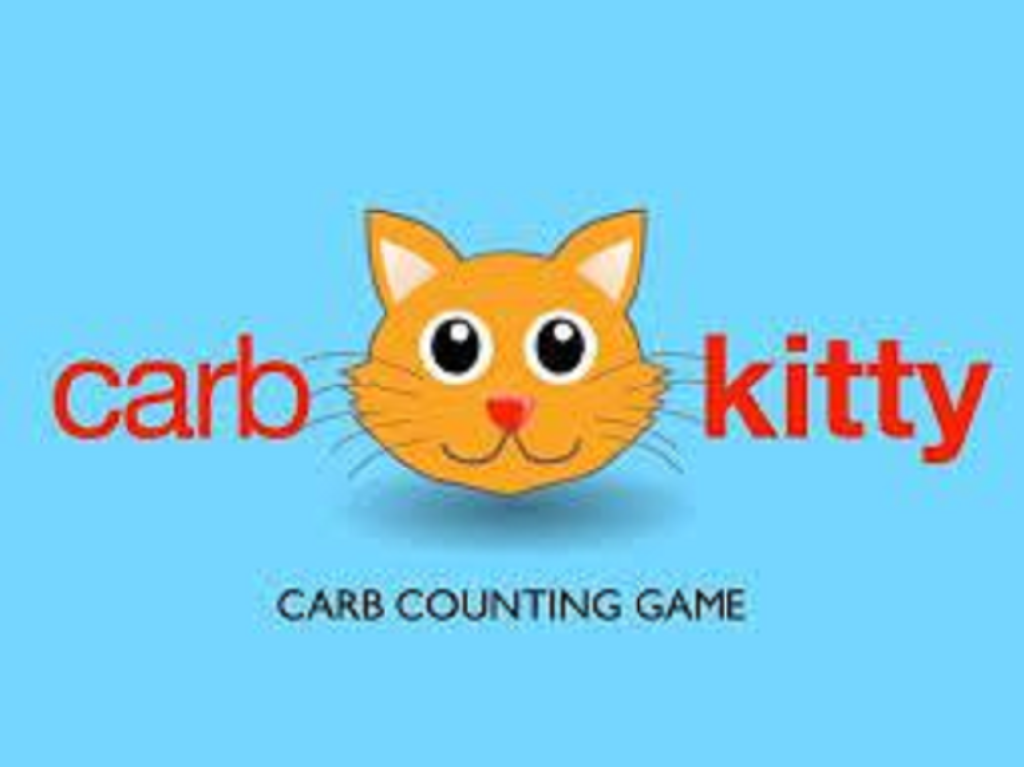Divabetic’s Carb Kitty Games make carbohydrate counting fun! Carbohydrate counting or “carb counting” can help you manage your blood glucose levels.
Most adults with diabetes aim for 45-60 grams of carbs per meal and 15-20 grams per snack. That number may go up or down, depending on how active you are and the medicines you take, so check with your healthcare collaborator.
Foods that contain carbohydrates raise your blood glucose values. By monitoring the number of carbohydrates, you eat can help to better understand your blood glucose levels. Carbohydrates (“carbs”) can be counted in 2 ways: by grams or by carb choices.
Remember, 1 carb choice or one serving of carbohydrates = 15 grams of carbohydrate. For example, one slice of bread, a small piece of fruit, or an ear of corn each have around 15 grams of carbs. Each of these equals one carb serving.
Most food items have nutrition labels on their packaging, showing the total carbohydrate count per serving. Be sure to look at the serving size, too. Certain packaged foods may contain more servings than you think. If you are eating out, call the restaurant, check out their website, or ask for their menu nutrition facts when you arrive.
Put together a food journal for many foods and meals you normally eat and their carb count per your typical serving. This can be something you keep on your smartphone or tablet. Start by writing down the foods and beverages you eat at each meal. If you don’t know the portion size you usually eat, measure the food and take note of the portion size. Next, combine the individual foods into meals, and add the total carbohydrate count for each meal.
Over time, you’ll know how many carbs are in certain foods you eat and how they affect your blood glucose levels.


